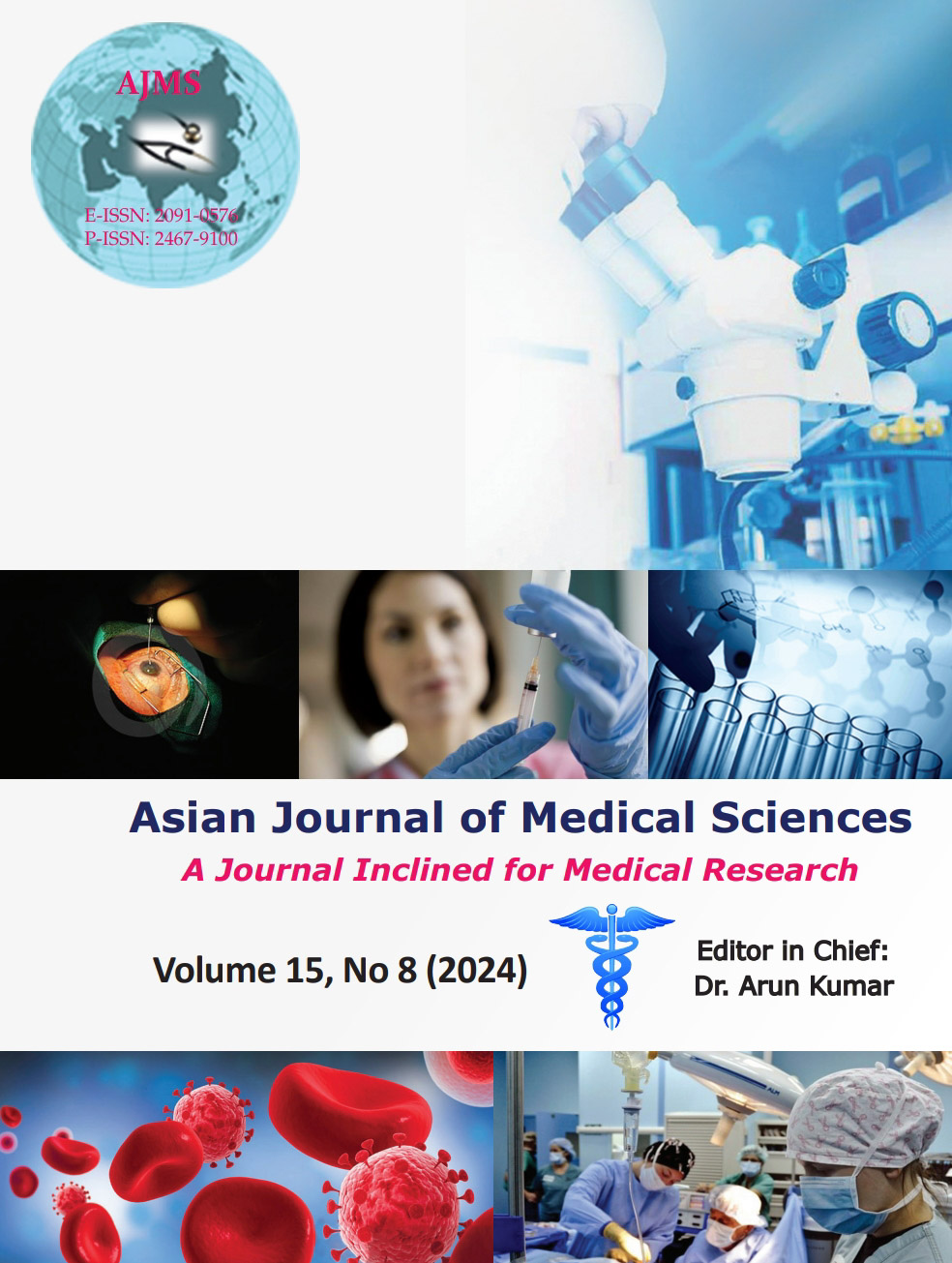A comparative study to assess the effects of intrathecal fentanyl and intrathecal tramadol combined with 0.5% bupivacaine heavy in patients undergoing elective urological surgeries: A prospective randomized study
Keywords:
Fentanyl; Tramadol; Urological procedures; Spinal anesthesiaAbstract
Background: Urological operations frequently involve the use of spinal anesthesia. In the present scenario, adding different adjuvants to local anesthetic improve its quality and duration has become common.
Aims and Objectives: In patients undergoing elective urological procedures, the purpose of this study was to assess the effects of intrathecal fentanyl or tramadol with 0.5% bupivacaine heavy.
Materials and Methods: Patients were divided into two groups of 30 patients each, a total of 60 patients aged 20–60 years undergoing elective urological surgeries participated in this prospective, randomized study in which 25 μg fentanyl and 2.5 mL of 0.5% bupivacaine heavy were given to Group F, while 25 mg tramadol and 2.5 mL of 0.5% bupivacaine heavy were given to Group M. The onset and duration of sensory and motor blockage, the duration of analgesia, post-operative Visual Analog Scale score, hemodynamic changes, and adverse effects were evaluated.
Results: Fentanyl had a lower mean time of onset for sensory (2:33±0:22 min vs. 4:50±0:33 min) and motor block (3:36±0:28 min vs. 5:52±0:38 min) (P<0.001), the duration of sensory (185.67±3.155 min vs. 152.60±4.264), motor block (172.00±4.177 min vs. 136.40±5.575 min), and post-operative analgesia was longer in the fentanyl group (P<0.001), whereas the incidence of adverse effects such as pruritus, shivering, and nausea was lower in the tramadol group.
Conclusion: The quality and duration of spinal anesthesia were found to be significantly increased by the use of fentanyl as an adjuvant in our study. However, tramadol also produced stable hemodynamics and exhibited fewer adverse effects than fentanyl.
Downloads
Downloads
Published
How to Cite
Issue
Section
License
Copyright (c) 2024 Asian Journal of Medical Sciences

This work is licensed under a Creative Commons Attribution-NonCommercial 4.0 International License.
Authors who publish with this journal agree to the following terms:
- The journal holds copyright and publishes the work under a Creative Commons CC-BY-NC license that permits use, distribution and reprduction in any medium, provided the original work is properly cited and is not used for commercial purposes. The journal should be recognised as the original publisher of this work.
- Authors are able to enter into separate, additional contractual arrangements for the non-exclusive distribution of the journal's published version of the work (e.g., post it to an institutional repository or publish it in a book), with an acknowledgement of its initial publication in this journal.
- Authors are permitted and encouraged to post their work online (e.g., in institutional repositories or on their website) prior to and during the submission process, as it can lead to productive exchanges, as well as earlier and greater citation of published work (See The Effect of Open Access).




